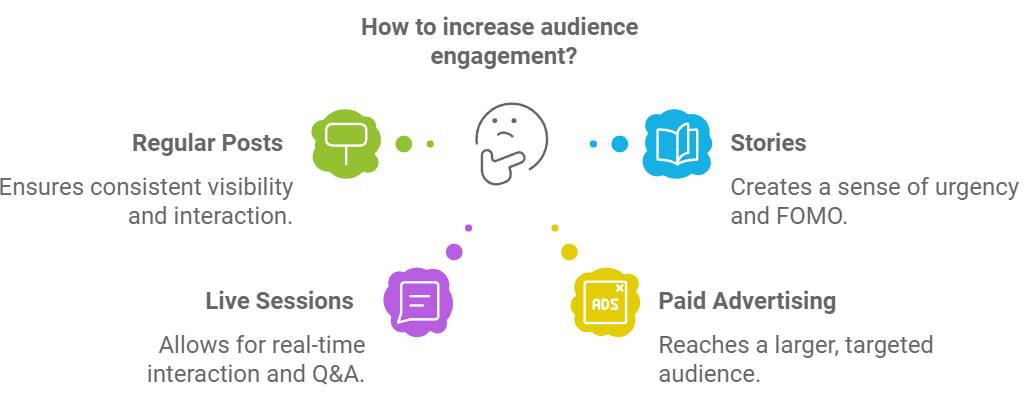In today’s competitive market, an effective lead generation strategy is crucial for businesses aiming to grow their customer base and increase revenue. This document outlines various approaches and techniques that can be employed to attract and convert potential leads into loyal customers. By understanding the fundamentals of lead generation and implementing a tailored strategy, businesses can enhance their marketing efforts and achieve sustainable growth.
Understanding Lead Generation
Lead generation is the process of identifying and attracting potential customers (leads) who have shown interest in your products or services. It involves various marketing tactics and channels to engage prospects and guide them through the sales funnel. The ultimate goal is to convert these leads into paying customers.
Key Components of a Lead Generation Strategy
- Target Audience Identification
- Define your ideal customer profile (ICP) based on demographics, interests, and behaviors.
- Conduct market research to understand the needs and pain points of your target audience.

- Content Marketing
- Create valuable and relevant content that addresses the interests of your audience.
- Utilize blogs, eBooks, webinars, and videos to educate and engage potential leads.
- Implement SEO strategies to improve visibility and attract organic traffic.
- Social Media Marketing
- Leverage social media platforms to connect with your audience and promote your content.
- Engage with followers through regular posts, stories, and live sessions.
- Utilize paid advertising options to reach a broader audience.

- Email Marketing
- Build an email list by offering incentives such as free resources or exclusive content.
- Send targeted email campaigns to nurture leads and keep them informed about your offerings.
- Personalize your emails to enhance engagement and conversion rates.
- Landing Pages and Lead Magnets
- Create dedicated landing pages that focus on specific offers or content.
- Use lead magnets (e.g., free trials, discounts, or exclusive content) to encourage sign-ups.
- Optimize landing pages for conversions with clear calls-to-action (CTAs).
- Networking and Partnerships
- Attend industry events, webinars, and conferences to connect with potential leads.
- Collaborate with complementary businesses to reach new audiences through partnerships.
- Utilize referral programs to encourage existing customers to refer new leads.
- Analytics and Optimization
- Monitor and analyze the performance of your lead generation efforts using analytics tools.
- Identify which channels and tactics are most effective in generating leads.
- Continuously optimize your strategy based on data-driven insights.
Conclusion
A well-crafted lead generation strategy is essential for any business looking to thrive in a competitive landscape. By understanding your target audience, leveraging various marketing channels, and continuously optimizing your approach, you can effectively attract and convert leads into loyal customers. Implementing these strategies will not only enhance your lead generation efforts but also contribute to the long-term success of your business.
